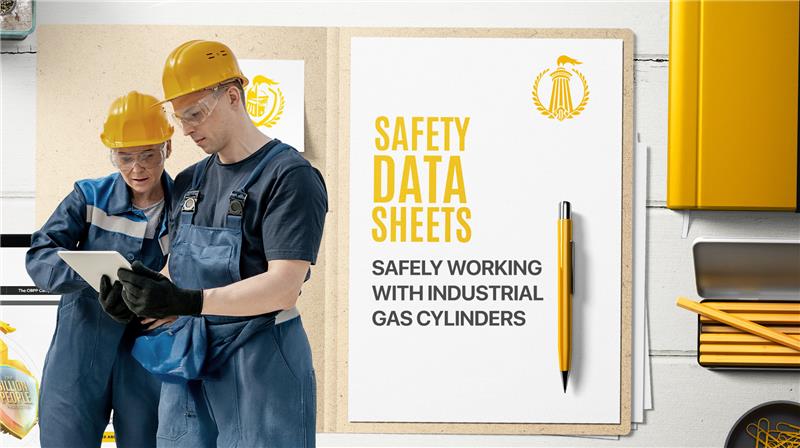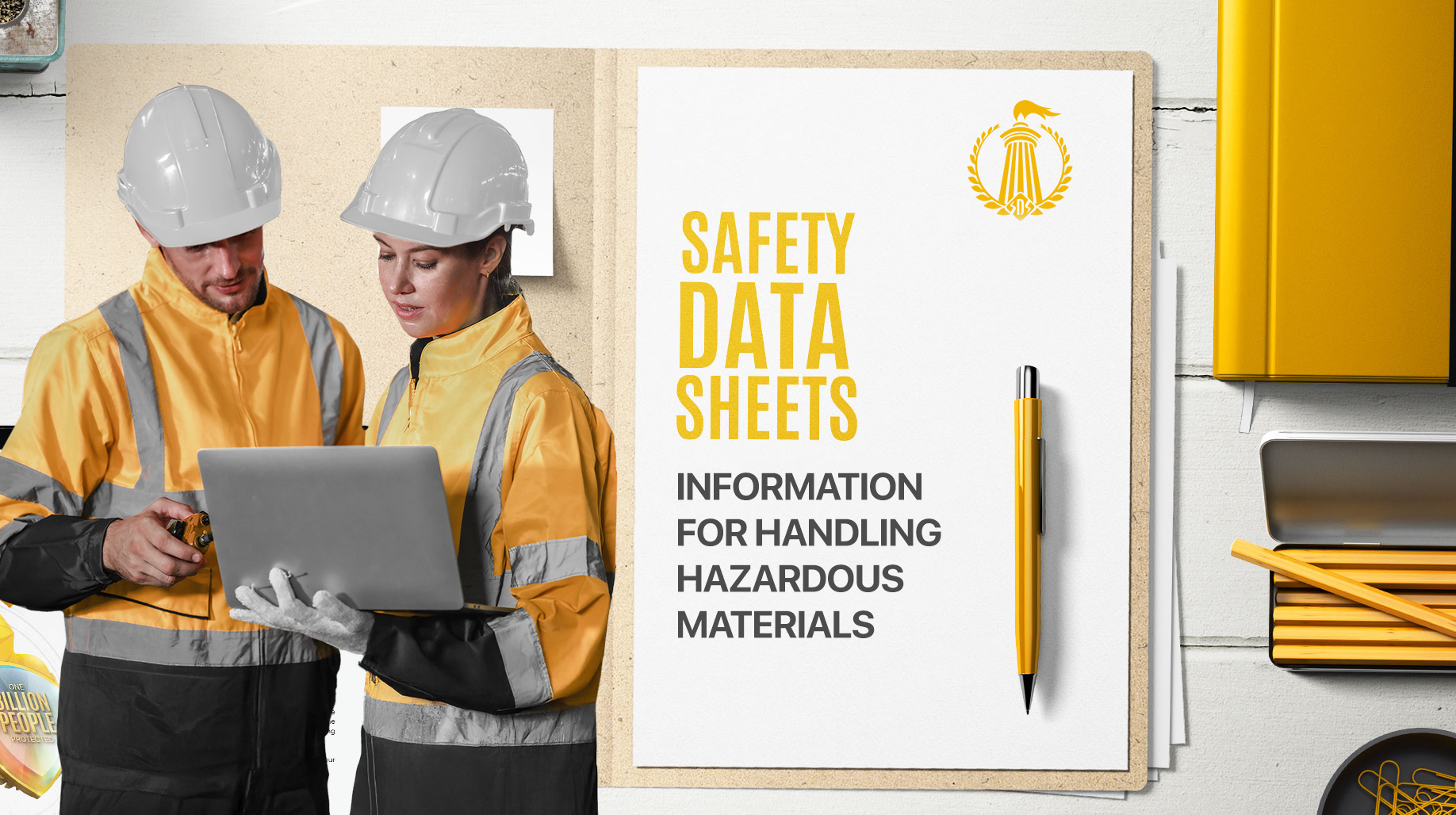
In the world of hazardous materials, Safety Data Sheets (SDS) are essential tools for minimizing risks. An SDS is a document that provides critical information about hazardous substances and their associated risks. These documents must be prepared by manufacturers in compliance with government regulations and offer guidance to anyone working with hazardous materials. But how do you compare Safety Data Sheets effectively? Let’s take a closer look.

In the world of hazardous materials, Safety Data Sheets (SDS) are essential tools for minimizing risks. An SDS is a document that provides critical information about hazardous substances and their associated risks. These documents must be prepared by manufacturers in compliance with government regulations and offer guidance to anyone working with hazardous materials. But how do you compare Safety Data Sheets effectively? Let’s take a closer look.
When comparing old and new versions of Safety Data Sheets, it is important to identify any discrepancies that could potentially pose a risk. Pay close attention to changes in:
Look for any information that stands out and might require adjustments in workplace procedures or safety measures.
After identifying differences, it’s important to determine what caused them. Common causes include:
Tracing the source of a discrepancy can provide valuable context and help you decide which version of the SDS is more accurate or relevant.
Once discrepancies and their causes are identified, take appropriate measures:
By acting promptly on these findings, you can mitigate potential risks and ensure compliance with safety regulations.
Understanding how to compare Safety Data Sheets properly is essential for ensuring worker safety when handling hazardous materials. Taking the time to review discrepancies and respond appropriately not only safeguards employees but also helps avoid accidents or misunderstandings.
If you enjoyed this blog post, be sure to check out our other articles about Safety Data Sheets, such as An Overview of Safety Data Sheets. We strive to provide valuable insights into chemical safety and compliance.
Would you like a better way to manage your chemicals? Become a part of the growing community of professionals who trust The Knights of Safety Ltd and The International Association for Chemical Safety. Set up a free account with The International Safety Data Sheet Service (ISDSS) today!
Call us at 0161 884 4156 or email us at contact@thechemicalsafetyassociation.org for more information.
Businesses must ensure employees have access to the latest Safety Data Sheets to understand the hazards of chemicals they handle. At SDS Inventory, you can explore The International Safety Data Sheet Service (ISDSS), offering comprehensive information on chemical exposure, safety recommendations, and emergency handling procedures.
A Safety Data Sheet contains vital information about the hazards associated with chemical products, including physical, chemical, and environmental risks. It also provides guidance on safe handling, storage, and emergency response. Always ensure you’re working with up-to-date SDS documents for optimal safety.
For more resources, check out our online database or contact us to find the SDS you need. Together, we can build safer workplaces and minimize risks in hazardous environments.
It is the safety Data Sheet (SDS) that provides information on the potential hazards associated with a chemical product. It is typical for Safety Data Sheets to include detailed information about the physical and chemical properties of a product in addition to its toxicity, flammability, and other potential hazards to human health and the environment.
A Safety Data Sheet (SDS) is also known as a Material Safety Data Sheet (MSDS), and it is vital to note that not all products will have one. A Safety Data Sheet is typically not required for products that are not hazardous or do not pose a risk to human health or the environment, for instance.
In a Safety Data Sheet, or SDS, a product's potential hazards are listed, and the instructions on how to use and store the product safely are explained. As a rule, chemists or chemical engineers are the most likely to prepare a Safety Data Sheet about a substance.
A Safety Data Sheet, commonly referred to as an SDS, contains information on a chemical's potential health and environmental hazards. Having an up-to-date Safety Data Sheet for every hazardous chemical you use in your lab or other workplace is essential because it can help you avoid dangerous accidents.
On the product manufacturer's website, you should be able to find Safety Data Sheets (SDS) free of charge. Additionally, you can search online databases, such as the Chemical Safety Data Sheets of OSHA, for more information. Nonetheless, only a few manufacturers make their SDS available to the public, so if you are having difficulty finding what you're looking for on the manufacturer's website, your next best option is to contact the company directly and ask if they can provide what you need.
Alternatively, you can also check out third-party websites such as SDS Inventory, which offer a complete chemical SDS database to the public. Here, you can find the International Safety Data Sheet Service (ISDSS), which is a free online service provided by The International Association for Chemical Safety. You can also find the MSDS for your chemical by using your local library or by contacting the environmental agency in your region if you can't find the MSDS online.



2025 © Copyright International Safety Data Sheet Services
To continue, please log in or Register for your free account
To continue, please log in or Register for your free account